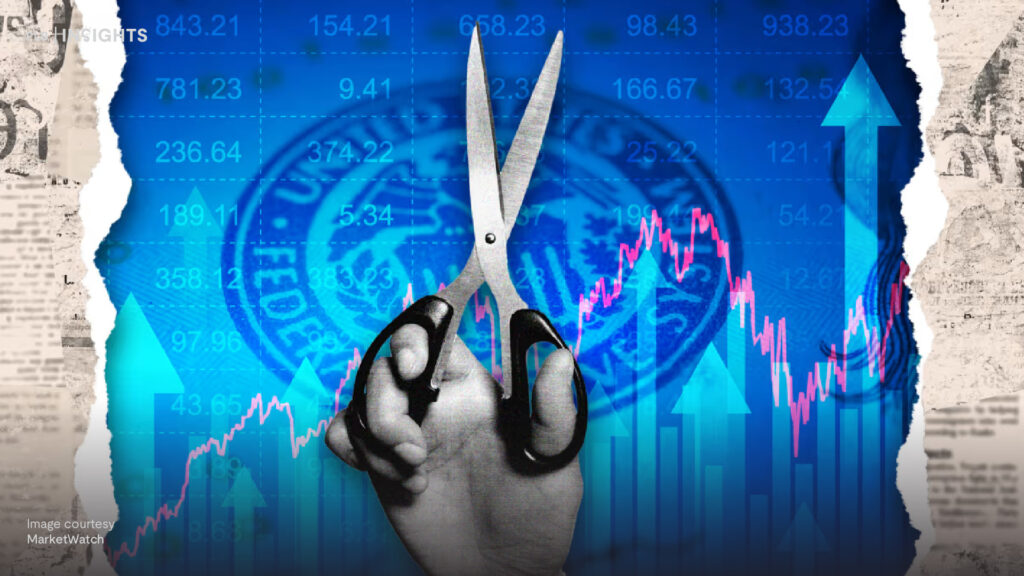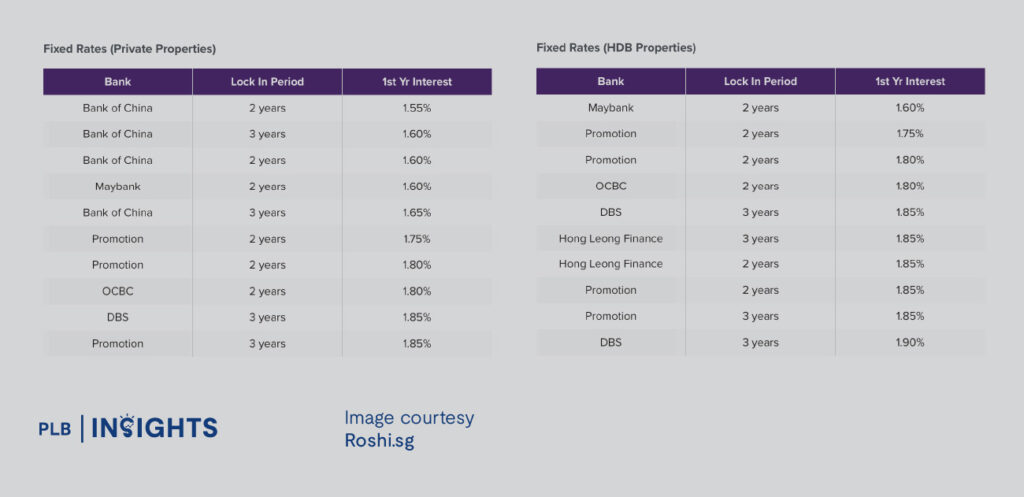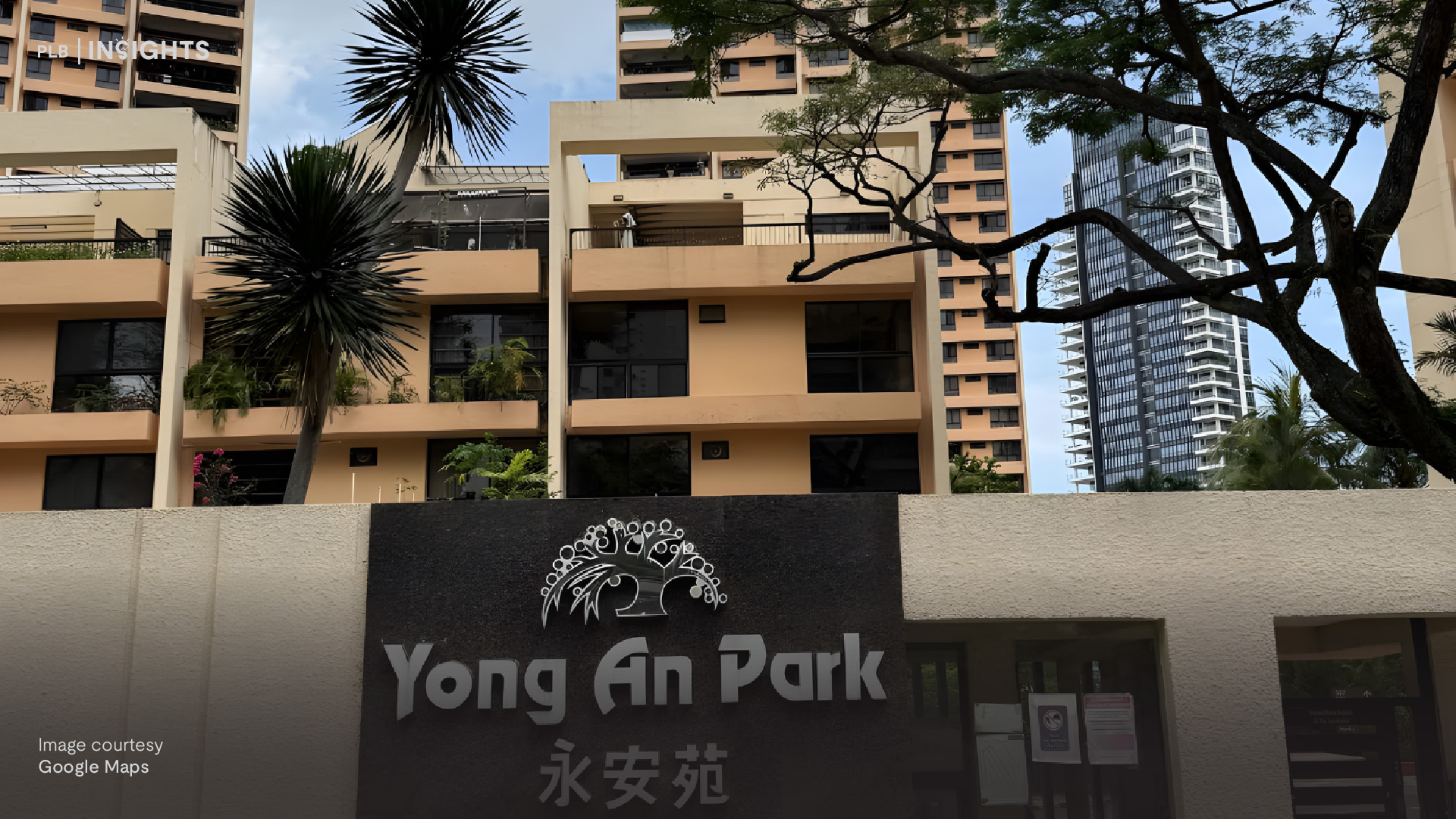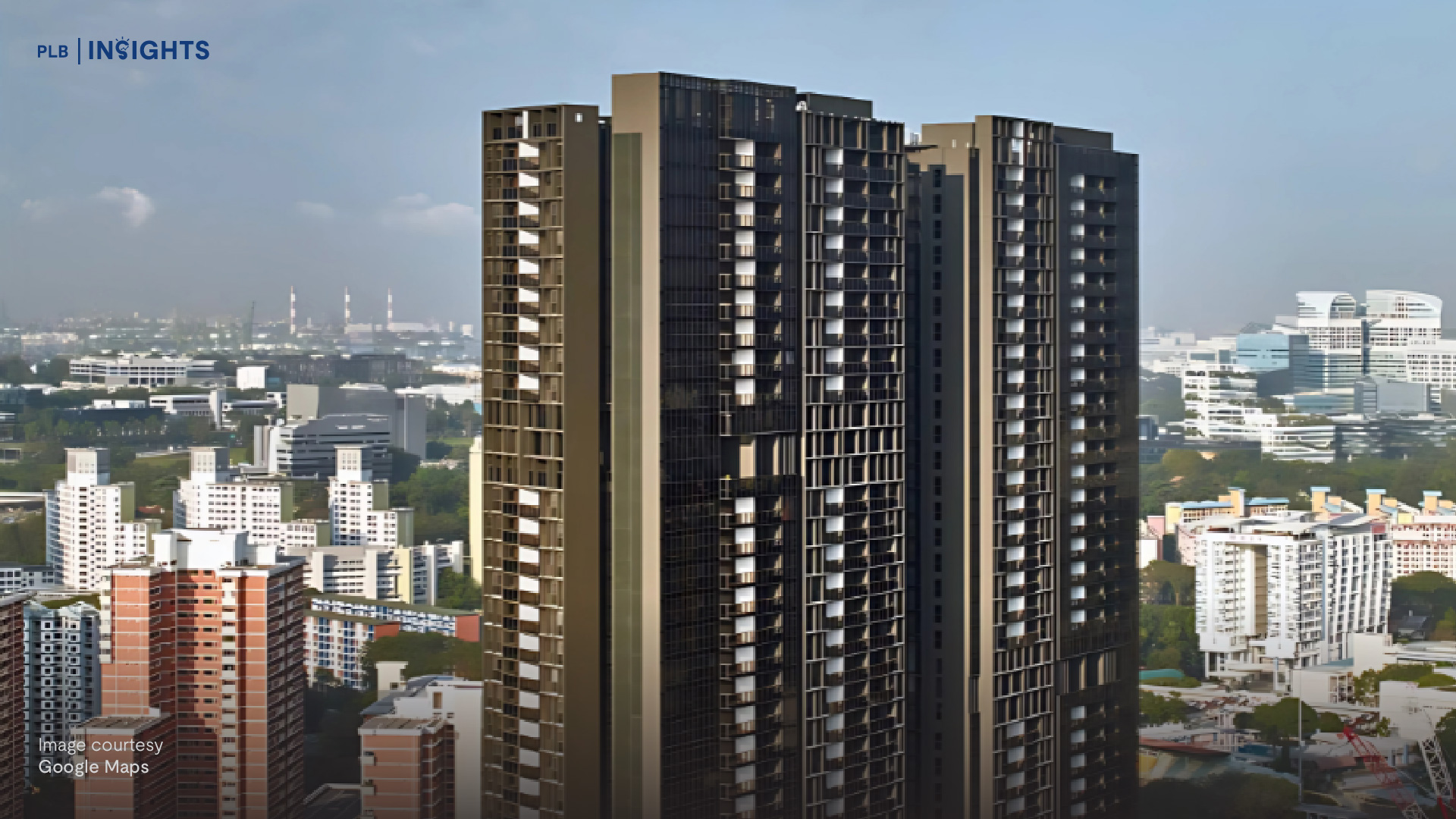
When the U.S. Federal Reserve adjusts interest rates, the ripples are felt across global financial markets, including Singapore. For investors here, the implications go well beyond stocks and bonds—they extend into real estate, mortgage financing, and capital allocation decisions too.
While the U.S. Fed’s mandate focuses on American inflation and employment, the reality of global capital markets means that a rate hike or cut by the Fed can effectively reshape Singapore’s macro-financial environment, especially through interest rate transmission, capital flows, and risk sentiment.
In the remainder of this article, I explore what a Fed rate cut–or hike–means for investors, particularly in Singapore.
The Transmission: How Fed Rate Moves Reach Singapore
Singapore’s central bank, the Monetary Authority of Singapore (MAS), doesn’t use interest rates as its main monetary policy tool. Instead, it manages the Singapore dollar through a trade-weighted exchange rate mechanism. However, despite this distinction, global interest rate trends—especially those set by the Fed—still exert a powerful influence on Singapore’s domestic financial conditions. And that is why we often hear the term Singapore being an “interest-rate taker” due to its small and open economy.
When the Fed cuts rates, global liquidity rises and the cost of borrowing falls.
This tends to lower Singapore’s benchmark rates such as the Singapore Overnight Rate Average (SORA) and foreign currency swap offers, which in turn affects home loan pricing and business lending rates here.

That is why we are seeing floating rates at 1.55+ to 2+% now, as compared to the previous 4+% two years ago.
Conversely, when the Fed tightens, these same channels push borrowing costs higher, even without any direct MAS action. That makes U.S. interest rate decisions highly relevant to anyone with exposure to debt or capital assets—especially in property.
When the Fed Cuts Rates: A Boost to Sentiment and Risk Appetite
A Fed rate cut typically reduces the cost of capital worldwide. For Singaporeans, this tends to translate into cheaper mortgages, lower refinancing rates, and an environment that favors risk-taking. Property becomes especially attractive in such periods—both to owner-occupiers and investors.
For example, during the monetary easing cycle that began in 2019 and accelerated into 2020, SIBOR and SORA declined sharply in tandem with the Fed’s emergency rate cuts during the pandemic. Floating mortgage rates fell below 1.5% in many cases, improving affordability and encouraging refinancing. The private residential market saw a recovery in sales volumes from late 2020, despite economic uncertainty, aided by record-low interest rates and supportive fiscal policy.
Beyond affordability, the relative attractiveness of property tends to increase during periods of rate cuts. When fixed income yields fall—especially government bond yields—real estate, with its relatively stable cash flows, emerges as a yield alternative. This shift in allocation preferences has historically supported REIT valuations and encouraged institutional flows into real assets.
In valuation terms, falling rates typically compress cap rates, raising property values. A cap rate, or capitalization rate, is a real estate metric that measures the potential rate of return on a property based on its net operating income (NOI).
Developers become more aggressive in land bids, as financing costs fall and expected profit margins improve. The 2020–2021 period saw aggressive bidding for GLS (Government Land Sales) sites, especially in the OCR and RCR segments.
Yet, such rate-induced optimism is rarely left unchecked. In Singapore, macroprudential rules—such as the Total Debt Servicing Ratio (TDSR) and Additional Buyer’s Stamp Duty (ABSD)—act as structural brakes against excessive leverage and speculative behavior. These measures may blunt the full impact of easier financial conditions, preventing runaway price inflation even in a low-rate environment.
When the Fed Hikes: A Climate of Caution and Repricing
The inverse holds when the Fed tightens monetary policy. Rising interest rates elevate the cost of borrowing, both for households and developers. In Singapore, this tends to cool demand for property, particularly in the private residential market where mortgage sensitivity is high.
The 2022–2023 tightening cycle offers a clear example. As the Fed raised rates aggressively to combat inflation, Singapore’s home loan rates moved from under 2% to over 4% within months. This effectively doubled monthly repayment obligations for new borrowers, leading to a sharp contraction in home loan applications and a more cautious tone from prospective buyers. At the same time, developers faced steeper financing costs, eroding margins and making land acquisition less viable. As a result, several land tenders during this period received lukewarm responses or saw fewer bids than usual.
REITs, which had thrived in a low-rate environment, faced a valuation crunch. Rising rates compressed spreads over risk-free benchmarks, leading to capital outflows and price corrections, particularly in office and retail REITs with higher gearing ratios or leverage.
Moreover, higher rates tend to widen cap rates, causing valuation adjustments in income-producing assets. This is particularly significant for commercial real estate, where asset values are highly sensitive to shifts in discount rates. Investors become more selective, favoring core, income-stable assets in prime locations over speculative or development-heavy plays.
This environment also raises refinancing risk. Properties or firms with significant debt maturities may find themselves exposed to sharply higher borrowing costs, affecting cash flow stability and investor confidence. Developers with thin margins or large landbanks financed during low-rate periods may face pressure to deleverage or restructure.

Balancing the Macro and the Micro: What Should Investors Do?
Fed rate decisions are global macro events, but their real estate implications are highly local and sector-specific. The key for Singaporean investors lies in recognising how macro trends filter into micro behavior.
When rates fall, real estate gains appeal as a leveraged yield play—but supply-side constraints, policy interventions may limit the upside. When rates rise, cash flow resilience and capital discipline become paramount. The playbook must adapt accordingly.
For developers, rate cuts open the door to strategic land banking and project launches, particularly when paired with strong sales momentum. However, rate hikes demand a more conservative approach—focusing on debt management, cost control, and product-market fit.
For individual investors, low-rate environments may justify greater exposure to property assets or REITs, especially where rental yields remain attractive relative to borrowing costs. In high-rate environments, however, focus should shift toward cash flow preservation, fixed-rate loans.
Final Thoughts
The Fed’s interest rate path will continue to be a dominant factor shaping the investment landscape for Singaporeans. Whether through shifts in mortgage rates, property valuations, or investor psychology, its effects are far-reaching and often lagged.
While rate cuts bring optimism and upward momentum to real estate, they come with overheating risks which will result in higher inflation. Rate hikes introduce caution and repricing, but they also promote longer-term stability. Singapore’s unique mix of open capital markets and tightly regulated property controls means that the full spectrum of impact is moderated, but not neutralised.
Investors who understand these dynamics—and who respond not just to the signal but to the cycle—will be prepared to allocate capital wisely, regardless of the Fed’s next move.
Stay Updated and Let’s Get In Touch
Our goal is to provide you with relevant insights. Should you have any questions, do not hesitate to reach out to us!







